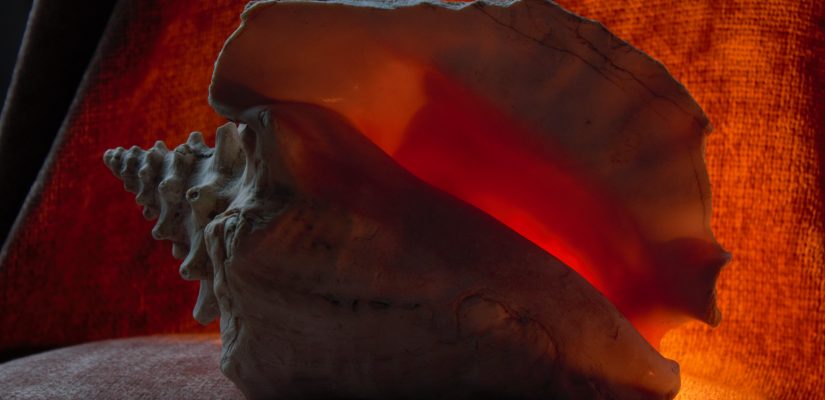
Digital Photography – Discovering Still Life
With my developing interest in digital photography, one of my Christmas presents from my husband was a tripod. The amusing fact that the camera I use is technically my husband’s and not mine, didn’t escape me. But hey, “what’s yours is mine” right? Either way, he’s showing support and interest in my hobby and I got a new toy to play with.
The tripod and the dreary winter weather outside gave me the perfect motivation to try my hand at still life photography. Before I started any research but based on my experience so far picture taking, I assumed lighting would be my biggest challenge. After doing some reading on still life photography, I still think lighting will be the most difficult part. And now I’m also concerned with finding appropriate backdrops; something that hadn’t even crossed my mind before my research.
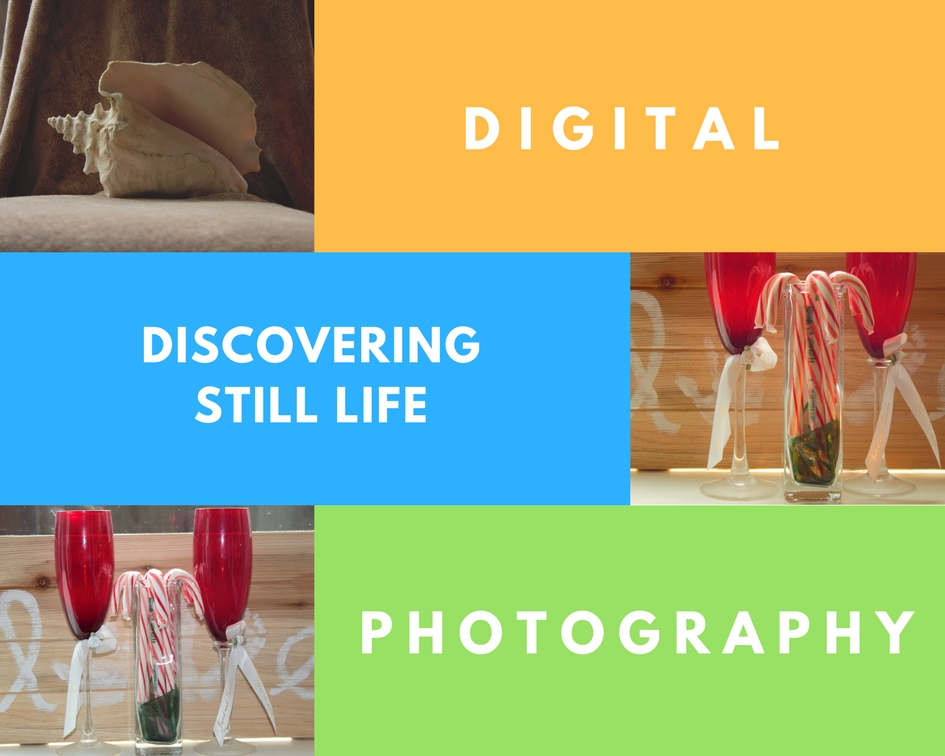
THE BASICS
Camera Stability
You are going to be adjusting lighting and the position of your photo subject(s) so rather than trying to get yourself back into the correct position after each change, use a tripod. No tripod? No problem. A stack of books, a stool, table, etc. will work as well. Just something to keep your camera in the position you want while you are moving other things around.
Background
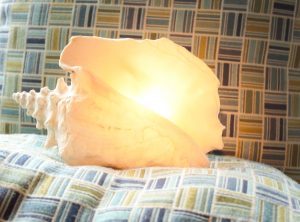
As any photobomber can tell you, what’s behind the main subject of the photo can change the whole picture. Generally speaking, you are going to want a neutral background, but try different colors, textures, and patterns. You might be surprised what makes your subject really pop.
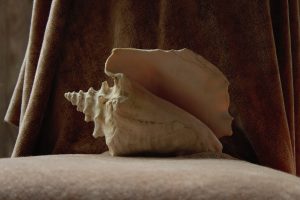
Lighting
There are so many options for lighting, that as I suspected, it was intimidating and overwhelming. You can use natural light, candlelight, lamps, a softbox, the list goes on. Again, experiment until you find the look you are going for. With the photos above I liked the way the gold in the ribbon sparkled a bit with the flashlight directly focused on it.

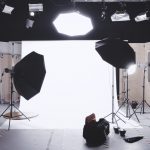 A softbox is essentially a diffused lighting source. They are usually a box or octagonal shaped with black fabric around the sides and back and a translucent white fabric over the front. The soft light you get really helps diminish shadows and softens any subject which is why these are really popular in portrait photography.
A softbox is essentially a diffused lighting source. They are usually a box or octagonal shaped with black fabric around the sides and back and a translucent white fabric over the front. The soft light you get really helps diminish shadows and softens any subject which is why these are really popular in portrait photography.
Composition

They say a picture is worth a thousand words. This is where you choose what story you want to tell. Whether it is simply the abstract prettiness of a scrap of coiled ribbon or a carefully curated collection of favorite mementos.
The Truth Behind the Photos
I kept my main subject simple today so I could focus on playing with the lighting and background. Despite my efforts, I felt like I was in a comedy of errors. I couldn’t get the legs to lock on my super simple, easy to use tripod (thus the not quite the same angle shot of the glasses and candy cane). And then when I got it adjusted where I wanted it, the camera decided to tip over, but the tripod legs stayed in place. This wasn’t a once and fixed kind of thing; it kept happening throughout the entire shoot.
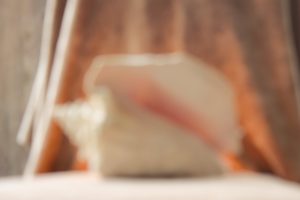
Of course, the camera couldn’t let the tripod have all of the fun, so half-way through the shoot it decided that rather than take the picture it would just go in and out of focus. This would have made some sense if I had been using one of the auto settings (it won’t snap the picture until it thinks it is focused), but I had it set to manual. I eventually got it to work again by shutting off the large view screen and actually using the standard eye viewer. I still have no idea what the problem was (this is not the first time this has happened), but at least now I have a workaround.
One of these days I will figure out how to actually use my equipment and things will be a lot easier. Until then rest assured that if you run into some odd, I-just-don’t-understand-what-is-happening, issue, you are not alone.
Take-A-Way

Despite the technical issues I enjoyed doing the still life photos. There is still a lot for me learn, but the big tip/take-a-way I got this week was to experiment. Experiment with your lighting, your background, the placement of the item(s) in your picture. Do what looks good to you.
If you want to check out some tips from someone who actually knows what they are doing, check out this helpful starter post. If you want extra help, that site (Digital Photography School) also offers photography courses and ebooks. There are a lot of great free info as well.